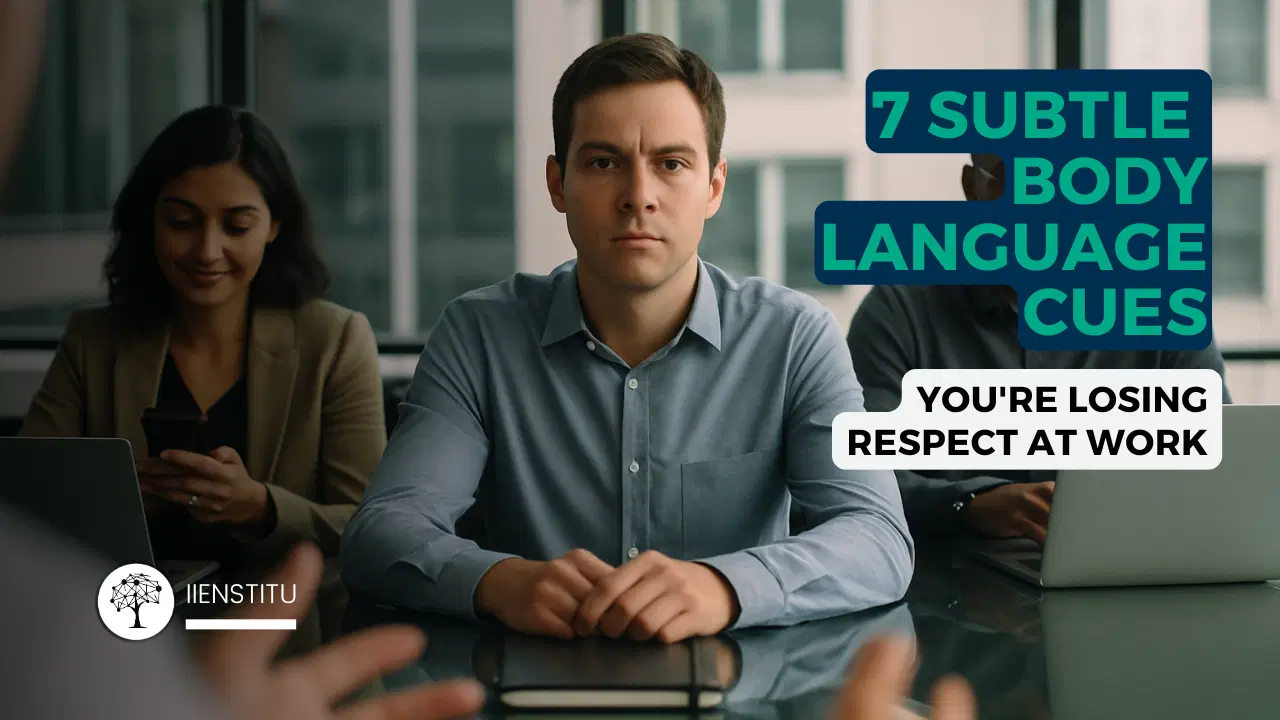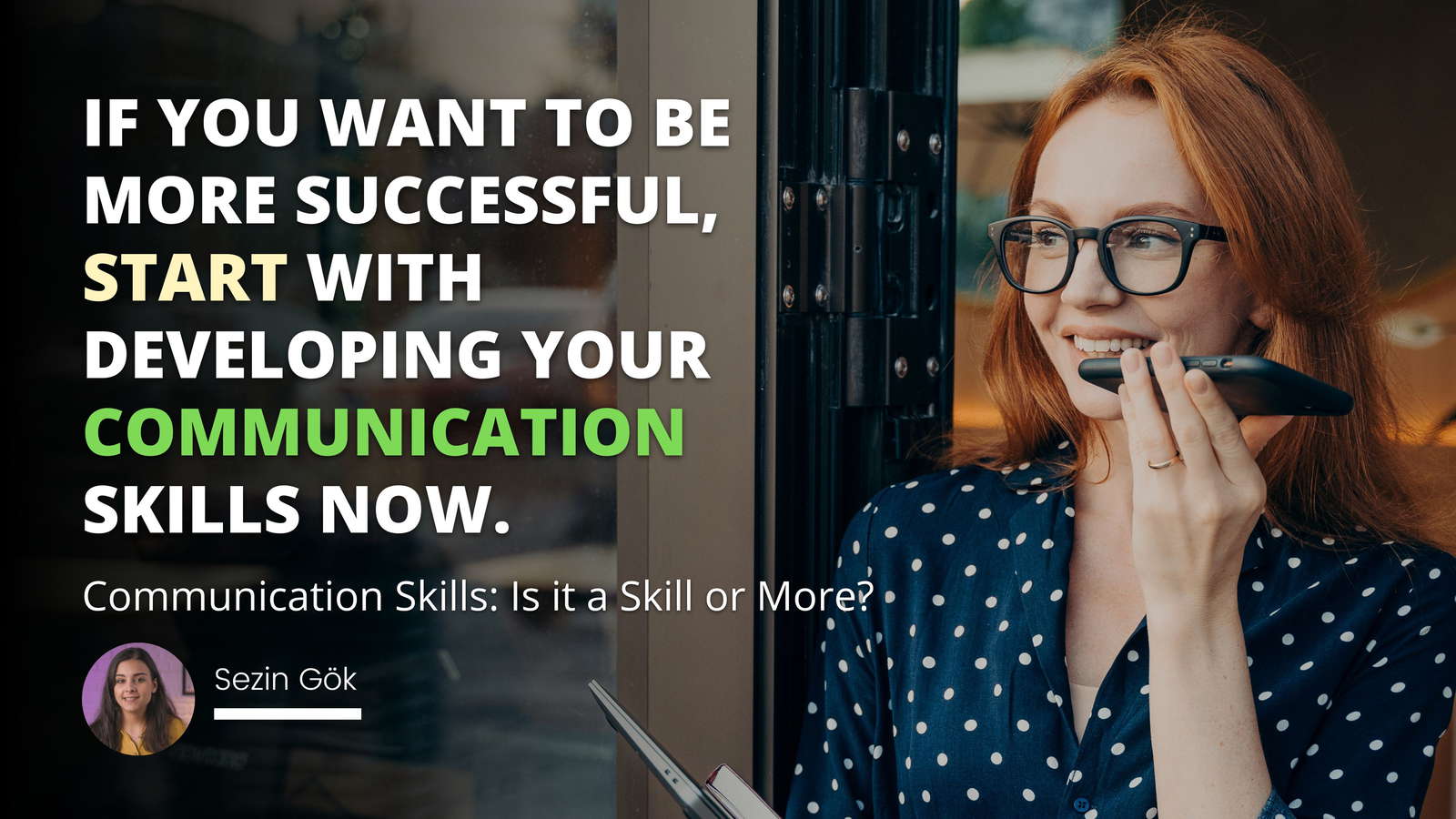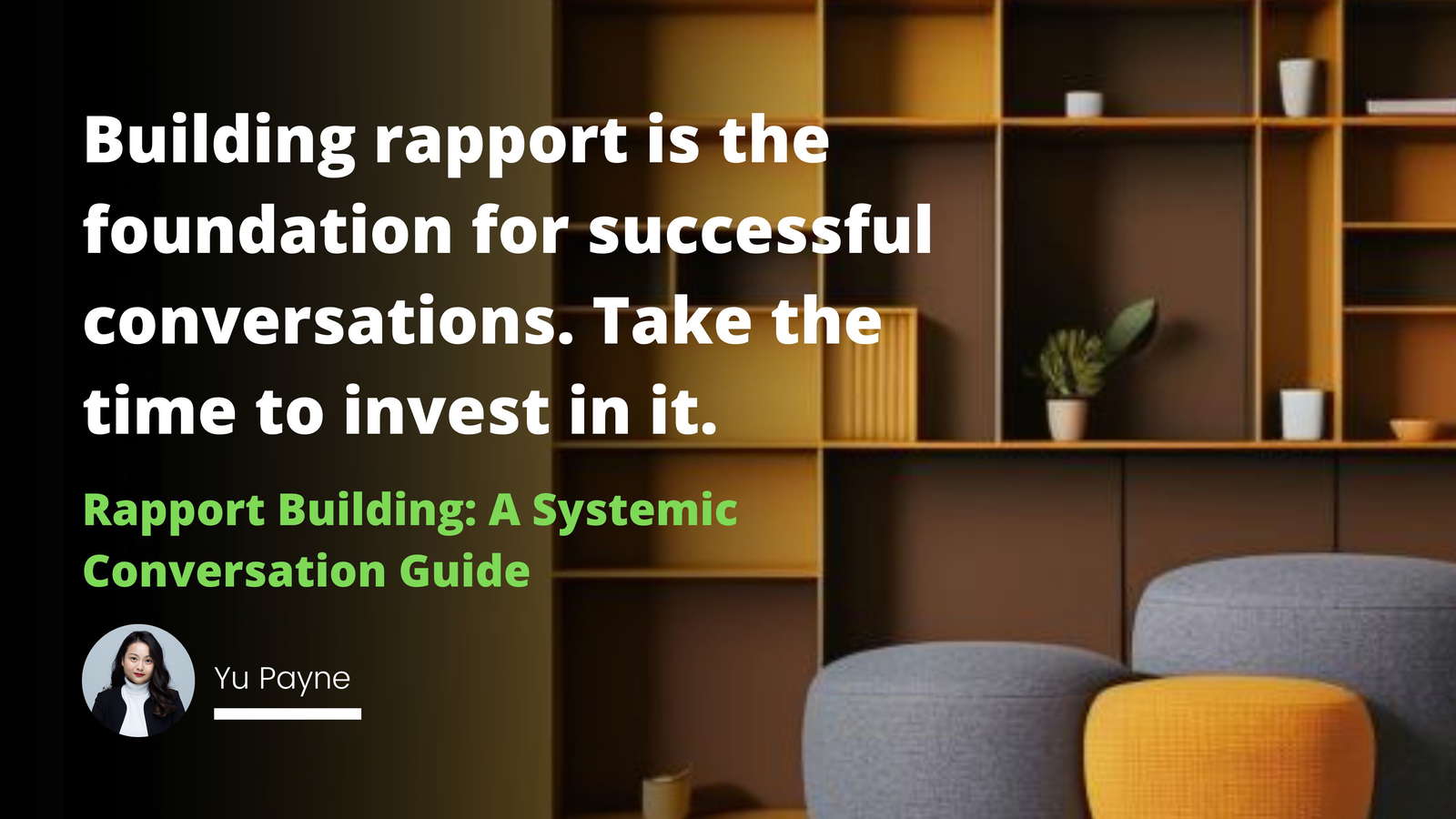
It’s unsettling when the vibe shifts and you start googling signs colleagues don't respect you. Disrespect rarely announces itself; it slips out through quiet, non-verbal choices—how people angle their bodies, where their eyes drift, a twitch at the corner of the mouth. This guide names those signals without feeding paranoia. You’ll see what to notice, why it matters, and how to respond without drama. We’ll separate context from pattern, translate instinct into insight, and give you a calm, practical playbook—online and in person. The goal isn’t to “catch” anyone; it’s to read the room, protect your status, and redirect energy toward useful collaboration.
Short description: If you’re scanning for signs colleagues don't respect you, focus on micro-contempt, directional body shifts, disengaged mirroring, strategic eye avoidance, and digital drift. Track patterns, then respond with calm structure.
Why We’re Hardwired to Detect Disrespect (And Why It Matters at Work)
Respect at work isn’t about being liked; it’s the quiet currency of access, safety, and influence. Your brain is built to notice status cues first and explain them later, which is why you clock a tone shift or a quick smirk before you can name it. That wiring is useful: it helps you gauge risk, find allies, and decide how to contribute. In modern teams, these cues steer collaboration and shape who gets airtime, projects, and backup. Miss them and you misread priorities; overreact and you burn trust. The sweet spot is noticing early, interpreting fairly, and acting deliberately. That’s how you keep momentum without igniting unnecessary conflict.
Mini summary: Your instincts flag risk; your job is to translate those pings into fair, deliberate choices.
Control item: Write a 1-sentence definition of respect at work and use it as your filter.
A Critical Disclaimer: Context vs. Pattern
One behavior proves nothing. Someone avoids eye contact because they’re shy or tired. A quick nod could be deadline stress, not a dig. If you’re cataloging signs colleagues don't respect you, apply the golden rule of body language: look for clusters and patterns over time. Three or more related signals, repeated across contexts (1:1, group, virtual), tell a clearer story than one awkward moment. Track when, where, and with whom the cues appear. Patterns guide action; compassion guides tone. That balance keeps you from over-indexing on noise while still protecting your standing.
Mini summary: Don’t convict on one cue; act when multiple, related signals repeat across settings.
Control item: Set a threshold: “I act when I spot the same cue in 3 separate meetings.”
The 7 Subtle Cues You Might Be Missing
Below are seven quiet—but telling—signals that colleagues are disengaging or devaluing your contribution. Think of them as data points. Any single cue is a whisper; clusters speak.
Cue 1: The One-Sided Lip Curl (Micro-Contempt)
When people show subtle signs colleagues don't respect you, contempt is the loudest silent one. Watch for a brief, asymmetric lift of one mouth corner—more “smirk” than smile, and it won’t reach the eyes. Why it matters: contempt signals superiority and dismissal, which corrodes collaboration faster than irritation or even anger. Don’t chase it in the moment. Note it, finish your point, and watch for cluster partners—eye rolls, a thin-lipped smile, a dismissive chuckle, or sarcastic asides. If it repeats with you (but not others), treat it as a pattern.
Cue 2: The “Social Turn” (Torso & Foot Orientation)
Faces lie; feet don’t. Torso and feet reveal intent more reliably than expressions. If someone’s body angles away from you—especially their feet—while you speak, they’re telegraphing an urge to exit. In stand-ups, hallway chats, or post-meeting huddles, the social turn predicts quick topic switches and clipped replies. It’s subtle, which makes it powerful. Notice whether you see it only during your updates or across the board. If the turn consistently returns toward higher-status peers, you’re spotting priority drift.
Cue 3: Broken or Delayed Mirroring
Healthy rapport produces subtle mirroring: posture, pace, and tone sync naturally. When mirroring is absent—or arrives conspicuously late—engagement is thin. Example: you lean in, they lean back; you slow down, they speed up; you open your palms, they cross their arms. Lack of mirroring isn’t always malice; it can be status play, fatigue, or divided attention. The diagnostic question is consistency: do they mirror others but not you? If yes, add it to your log of signs colleagues don't respect you and look for companions like the social turn or perfunctory nods.
Cue 4: The “Look-Through” Gaze (Strategic Eye Avoidance)
This isn’t shyness. It’s a gaze that lands past you, or breaks to scan the room mid-sentence as if searching for someone more important. On video calls, it shows up as sightlines clearly locked on a second screen as you present a key point. The message is simple: “You’re not my priority.” Context matters—some people process by looking away. So clock when it happens: only during your updates, or across topics? If the look-through clusters with micro-contempt and fast nodding, you’re not imagining it.
Cue 5: The Perfunctory Nod
A rapid, repetitive nod, flat face, and no verbal encouragers (“got it,” “go on”) signal “wrap it up.” Contrast with the engaged nod: slower, paired with micro-verbal cues and matching facial expressions. Perfunctory nods often arrive with keyboard clicks or glances at phones—tiny exits from the interaction. If you’re hearing your voice speed up or your pitch rise in response, that’s a secondary cue you can control. Pause, ground your next sentence, and land one clear ask before yielding the floor.
Cue 6: Proxemic Shifting (The “Polite” Lean-Out)
Space communicates status. As you join a cluster, watch for a subtle lean-out or a widened circle that nudges you to the perimeter. In seated meetings, it can look like chairs inching back or a laptop angled to create a physical barrier. People shrink distance with those they value; they expand it when they’re uncertain or dismissive. Don’t force your way in. Re-enter by offering value—“I’ve got a 1-minute update on X”—then step closer only if the group reorients toward you.
Cue 7: The “Virtual Check-Out” (Digital Disrespect)
Online, disrespect can be as simple as eyes locked on another monitor, off-beat responses, or audible typing that isn’t for notes. It’s the digital version of turning one’s back. The signal strengthens if it happens only when you speak. If you’re seeing this cluster with perfunctory nods and the social turn, you’re likely facing a status problem, not just multitasking. State expectations upfront: “For item 2, I’ll need feedback from A, B, and C—cameras on for 5 minutes, then we can go back to notes.”
Mini summary: One cue is a whisper; clusters are a statement. Prioritize contempt, exit signals, and digital drift.
Control item: For 2 weeks, log who mirrors you (Y/N) and who leans out. Review trend lines every Friday.
You’ve Read the Room. Now What?
Observing without acting changes nothing—and retaliation lowers your standing. Use a 3-part framework: Calibrate, Validate, Engage. Start by tightening your own delivery (clear opens, crisp asks, visible next steps). Then test your read with a neutral colleague. If the pattern holds, address the behavior privately with “I” statements. When needed, shift the system: set turn-taking, write agendas with explicit owners, and agree on response windows for remote work. Once you’ve spotted signs colleagues don't respect you, your response should raise clarity and lower heat.
5 practical steps:
Observe and document consistent behaviors.
Self-audit your signals (voice, posture, timing).
Seek a neutral second opinion (mentor/peer outside the team).
Address the behavior (not the person) using “I” statements.
Improve communication protocols (clear agendas, visible action items).
Step 1: Calibrate and Validate (The “Is It Me?” Check)
Before confronting, look for mixed signals you might be sending—rushed tone, hedged language, defensive posture. Ask a trusted neutral, “How do I land in meetings?” Compare patterns: is this how they treat everyone, or just you? If it’s universal, it’s personality or workload. If it’s selective and repeats with you, it belongs on your signs colleagues don't respect you list. Even small adjustments—slowing your first sentence, headlining your ask, keeping your hands visible—can shift how others orient.
Step 2: Re-engage and Re-establish (The “Indirect” Approach)
Rebuild rapport without calling out disrespect. Invite people in by name: “I’d value your take on X.” Mirror their pace and posture to resync. In virtual settings, send a short preview: “I’ll propose Y in item 2; thoughts?” Pre-agreement nudges public alignment. If you continue spotting signs colleagues don't respect you, escalate tactfully: “When updates are reviewed while I’m speaking, I worry my point won’t land. Can we keep devices closed for 5 minutes during decisions and reopen for tasks?” That phrasing targets behavior and preserves face.
Mini summary: Move from noticing to nudging: clean your own signals, recruit neutrals, and re-engage before escalating.
Control item: Schedule one 15-minute 1:1 to preview a decision with a lukewarm stakeholder this week.
From Reading the Room to Managing the Conversation
Spotting cues is data collection; conversation management is the skill that turns insight into outcomes. Your North Star: steady tone, clear asks, visible follow-ups. When indirect routes fail, escalate gracefully and propose a process fix the group can accept. Codify norms in writing and circulate decisions so they outlast a single meeting. For deeper practice, explore effective communication skills and developing your emotional intelligence to keep improving the muscles that prevent disrespect from taking root. Beyond noticing signs colleagues don't respect you, the advantage comes from calmly steering the system.
Mini summary: Diagnosis powers decisions; process beats personalities. Codify norms and keep receipts.
Control item: Add a standing “decision log” to your meeting notes and circulate after each session.
You don’t need to “win” a status game—you need to manage it. Start by noticing clusters, not one-offs. Validate your read with neutrals. Re-engage with intention, and when necessary, address behaviors privately while upgrading the system with clear norms. If you want a structured playbook for high-stakes conversations, consider a focused program in Systemic Conversation Management through IIENSTITU or your in-house academy. The more fluently you handle signs colleagues don't respect you, the faster you’ll convert tension into traction.
Reading the Room: 7 Subtle Body Language Cues - Quick Checklist
Track patterns, not moments; clusters tell the truth.
Prioritize red flags: micro-contempt, social turn, and virtual checkout.
Start with self-audit; then re-engage before confronting.
Address behaviors privately; fix system norms to prevent repeats.
The pro move: go from noticing signs colleagues don't respect you to calmly managing conversations.
Frequently Asked Questions
How do I tell disrespect from stress or shyness?
Look for clusters across settings. If cues appear only when you speak—or vanish with higher-status peers—it’s likely a status signal, not shyness.
Should I call it out in the moment?
Rarely. Note it, finish cleanly, then follow up privately with a behavior-focused “I” statement.
What if my manager is the one showing contempt?
Document patterns, seek a neutral mentor, and address meeting norms (device use, turn-taking). If risk is high, involve HR or a trusted senior sponsor.
Can I fix this just by improving my presentation skills?
It helps. Tighter structure and clearer asks reduce drift. But systemic disrespect needs explicit norms and accountability.
Is remote work making it worse?
It can. Cameras off, multitasking, and lag hide signals. Counter with crisp agendas, explicit round-robins, and short, named asks.
What if I’m misreading everything?
Great—then a calm check-in will surface that. “I noticed we’ve been out of sync. Anything I can do differently?” Curiosity protects relationships.


